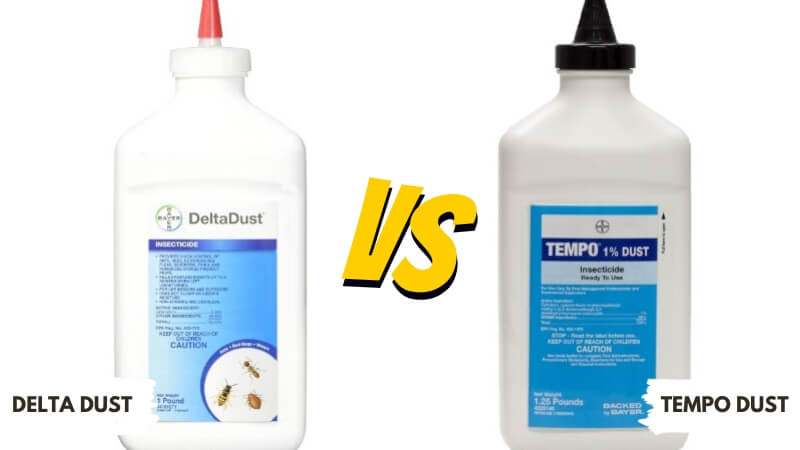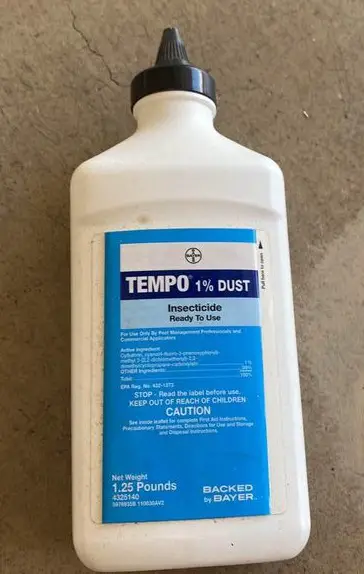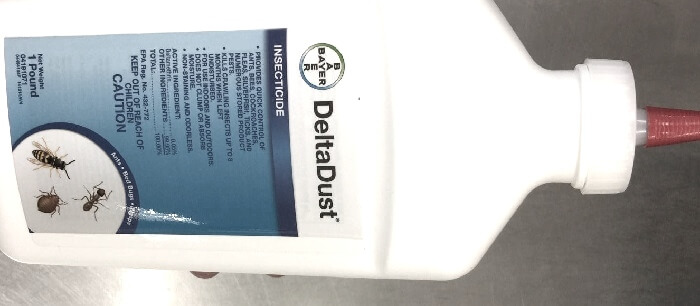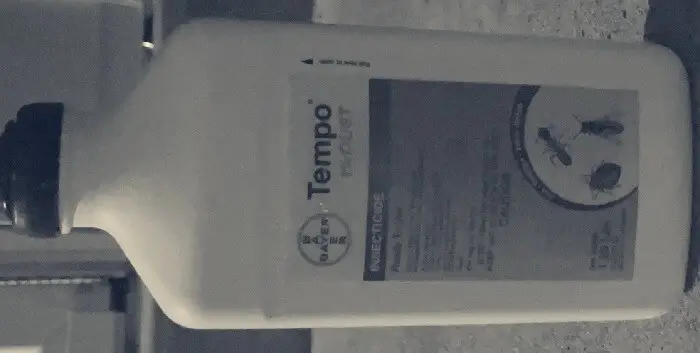Delta Dust vs Tempo Dust

Pest control is an important part of maintaining hygienic living and working environments. Two of the most popular dust insecticides used for pest management are Delta Dust and Tempo Dust. Both provide long-lasting residual activity against various crawling insects and pests.
Tempo vs Delta Dust
Let’s look at some factors to help you decide which product to use when combating an insect problem.
The main difference between Delta Dust and Tempo Dust is that Delta Dust is waterproof, so it retains effectiveness even when exposed to moisture or damp areas. Tempo Dust lacks stated waterproof capabilities.
Active Ingredients
The active ingredient in Tempo Dust is 1% cyfluthrin, a pyrethroid insecticide. Delta Dust contains 0.05% deltamethrin, also a pyrethroid pesticide.
While both are neurotoxic to insects, cyfluthrin is known for fast knockdown, while deltamethrin provides prolonged residual activity.

Use Sites
Tempo Dust is approved for both indoor and outdoor use in areas including homes, warehouses, hotels, and more.
Delta Dust can also be applied indoors and outdoors and has the added approval for use in commercial food handling establishments.
Pest Control
Both products are effective against a wide array of crawling pests like cockroaches, ants, spiders, scorpions, and more.
Tempo Dust is also specifically labeled to control bed bugs, carpet beetles, grain borers, and other pantry pests. The label for Delta Dust includes additional pests like fleas, ticks, slugs, and plant pests.
Waterproof Properties
Delta Dust is touted as 100% waterproof, allowing it to retain effectiveness in damp, wet areas and making it suitable for places like drains. Tempo Dust does not make claims about waterproof capabilities.

Coverage Area
Tempo Dust is applied at 0.5 to 1 lb per 1000 sq ft. Delta Dust covers approximately 2000 sq ft per pound applied. So Delta Dust can cover a larger area per pound compared to Tempo.
Odor & Staining
Both products are low-odor and non-staining. Tempo Dust is specifically described as non-corrosive as well. Neither product will leave visible residues on treated surfaces.
Residual Activity
When appropriately applied, Tempo Dust can provide up to one year of residual activity. At the same time, Delta Dust remains effective for eight months.
The extended control from both products continues even if the dusts is not disturbed after application.

Application
As dust formulations, both Tempo and Delta Dust can be applied using various dusting equipment. Hand dusters like bulb or bellows dusters allow precision placement in cracks and crevices. Power dusters provide the advantage of applying the dust over larger areas.
Is Tempo Dust Harmful to Humans?
Tempo dust can be harmful to humans if swallowed, inhaled, absorbed through the skin, or with prolonged exposure, potentially causing cancer and organ damage.
Is Tempo Dust Safe for Pets?
Tempo dust is safe for pets if used as directed, keeping pets away during application until surfaces are dry and dust settles. It should not be applied directly to animals.
Does Delta Dust Kill Yellow Jackets?
Yes, Delta Dust insecticide dust effectively kills yellow jackets when they come into contact with the powder, making it a useful treatment for areas where yellow jackets are present.
Our Observation
After reviewing the key features and usage guidelines for both Tempo Dust and Delta Dust, we observed that either product can provide effective residual pest control when applied correctly.
However, Delta Dust’s waterproofing gives it an edge for damp areas prone to crawling insects. At the same time, Tempo Dust seems better suited for certain pests like bed bugs based on its labeling.
Overall, the ideal choice between the two depends on environmental conditions and target pests at each use site. But both dusts have qualities like long-term activity and low odor that make them favorable options for professional pest management.

James E. Butkovich, Pest control maven with a knack for eco-friendly & Chemical solutions. Blogger with a mission to make homes pest-free, one post at a time.

